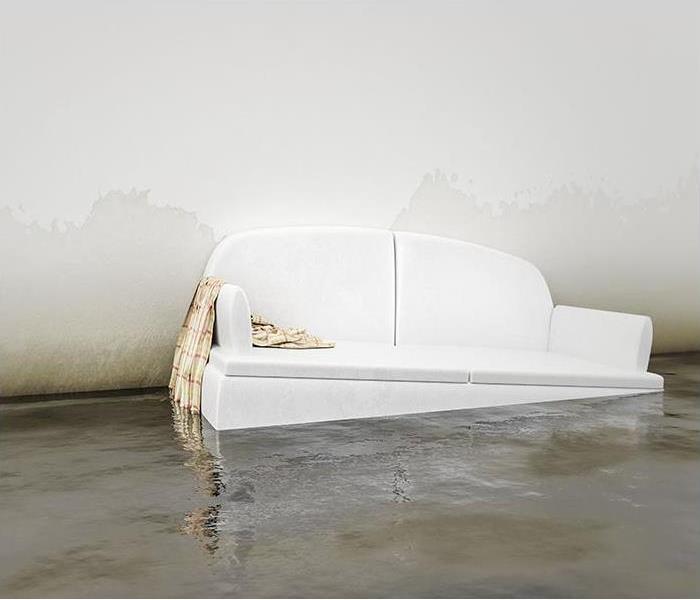Our Professionals Discuss The Stages Of Drying Saturated Hardwood Flooring In Closter
12/21/2019 (Permalink)
Stages of Drying Saturated Hardwood Flooring in Closter Homes
Water damages and flooding are both equally destructive to sensitive materials like wood flooring and framing in Closter homes. While hardwood has a lower porosity than other flooring materials, direct exposure to standing water can alter its appearance and strength. Addressing flooding is vital, and extraction and drying are elements of the earliest stages of mitigation for our SERVPRO team.
Using the most sophisticated tools and machines for both extraction and effective drying of the property, the flood damage in Closter homes does not have to be as destructive of a force. When hardwood flooring becomes damaged by direct exposure of water, it can happen in three stages. In the first two, we have techniques and machines that can reach the moisture before irreparable damage occurs. The third phase of flood damage to wood flooring is not restorable, and our in-house team of licensed (#13VH001305854800) general contractors can begin tasks like a controlled demolition.
Phase 1 – Surface Water
As you might expect, the first place that water and flood damages can affect the flooring is on the exposed surface level. There is an amount of time where surface water alone can get addressed before the situation can escalate into the other two phases. With hardwood flooring and standing water on its surface, one of the practical tools that our SERVPRO team can use is a squeegee wand attached to a wet vacuum.
Phase 2 – Free Water
The term free water refers to moisture that has not chemically / molecularly bonded with the flooring in any way. At this point, this water is occupying available space in the material but has not begun to alter the wood. In this phase, specialized drying equipment like drying mats can provide a draw of moisture from these exposed planks before the situation can get worse.
Phase 3 – Bound Water
Once water molecules from the flooding inside your home have bonded with the compounds that create the wood plank, warping, and distortion follow. Bound water can get removed in the same manner that free moisture can, but its presence causes irreparable damage to the flooring. Once this phase gets reached, the only suitable solution becomes a controlled or total demolition of flooring in the room.
Our SERVPRO of Northeast Bergen County team is standing by 24/7 to help address flood loss situations as they happen. Give our technicians a call whenever you need us at (201) 244-0100.
For more about Closter click here.






 24/7 Emergency Service
24/7 Emergency Service
